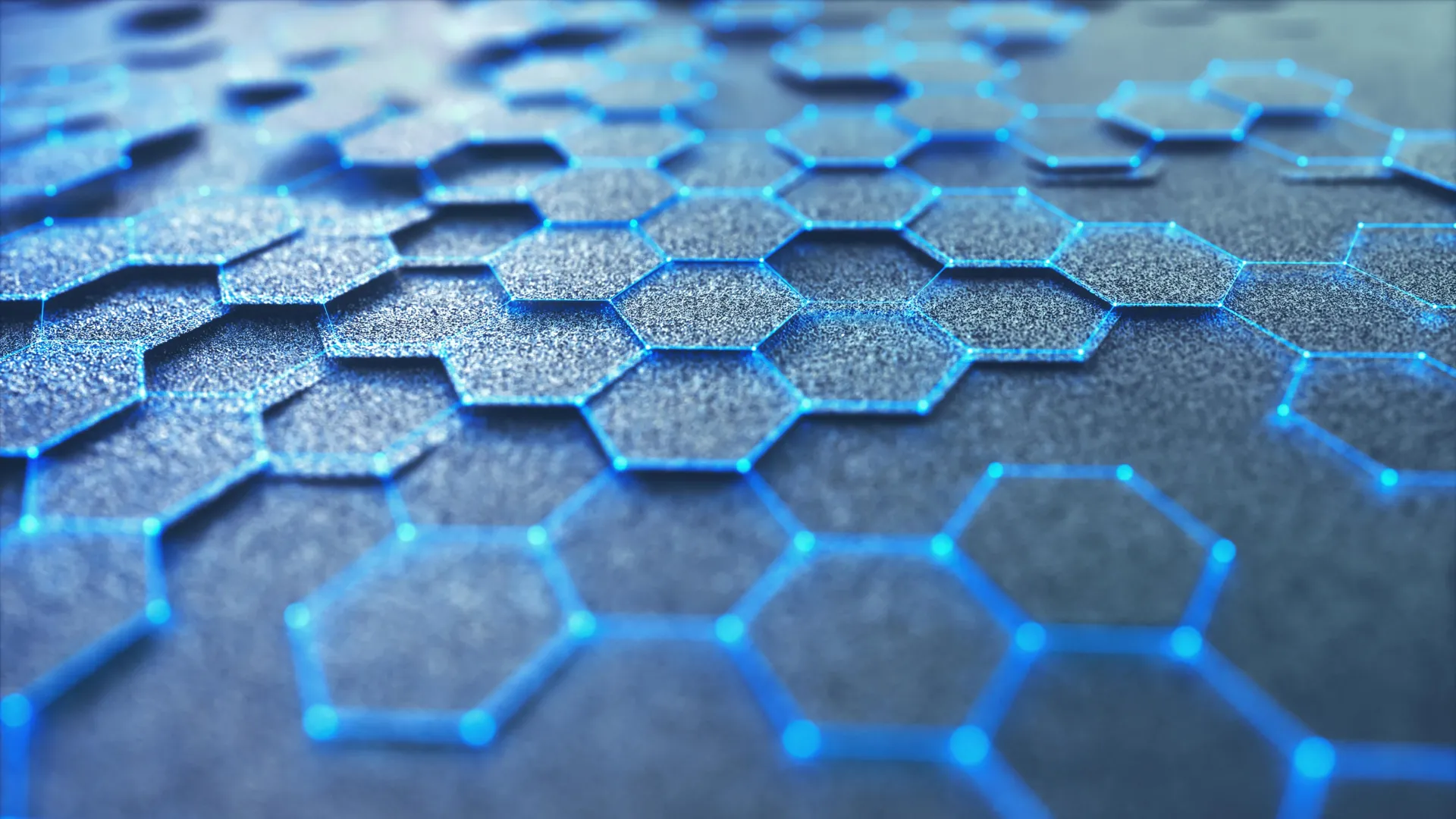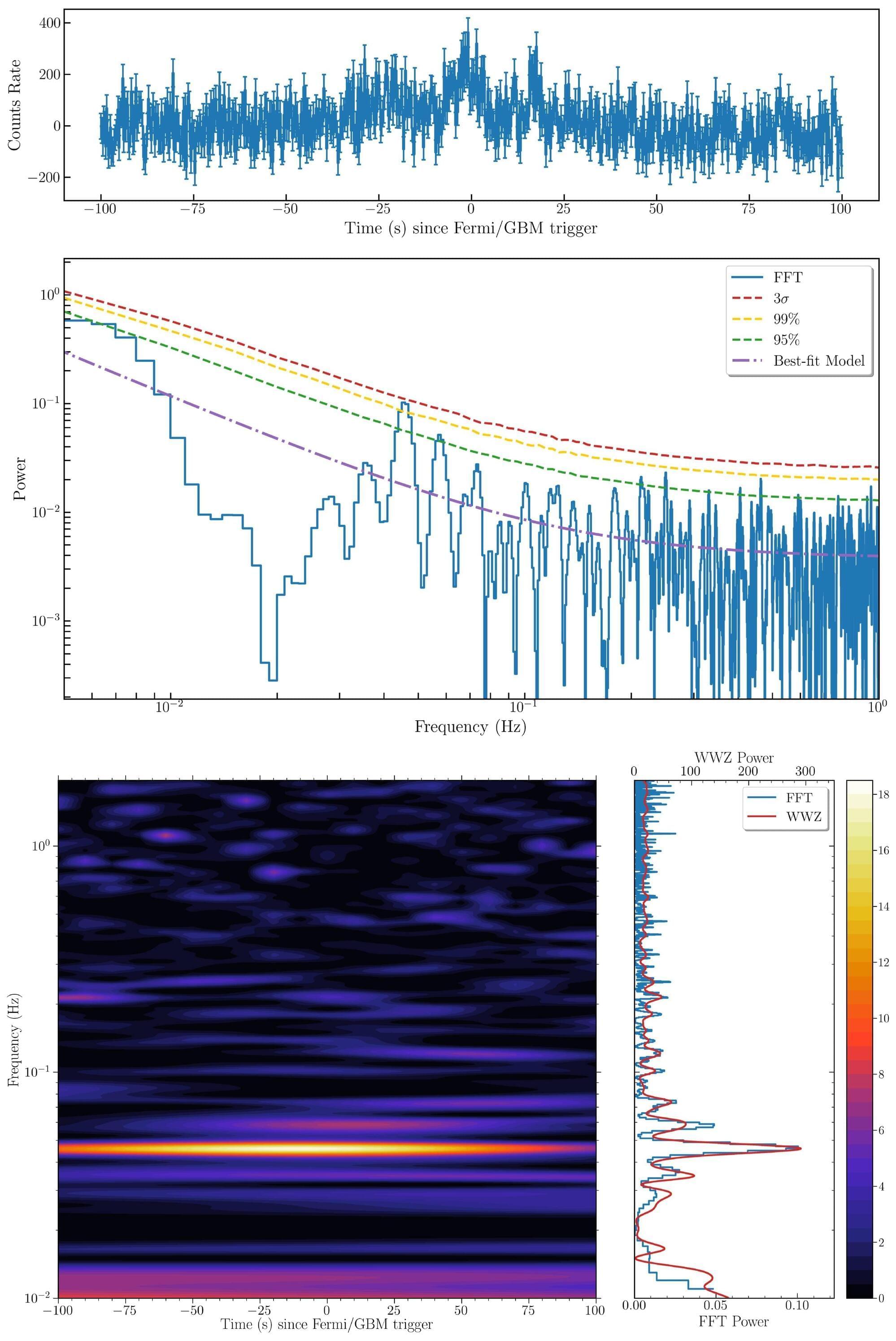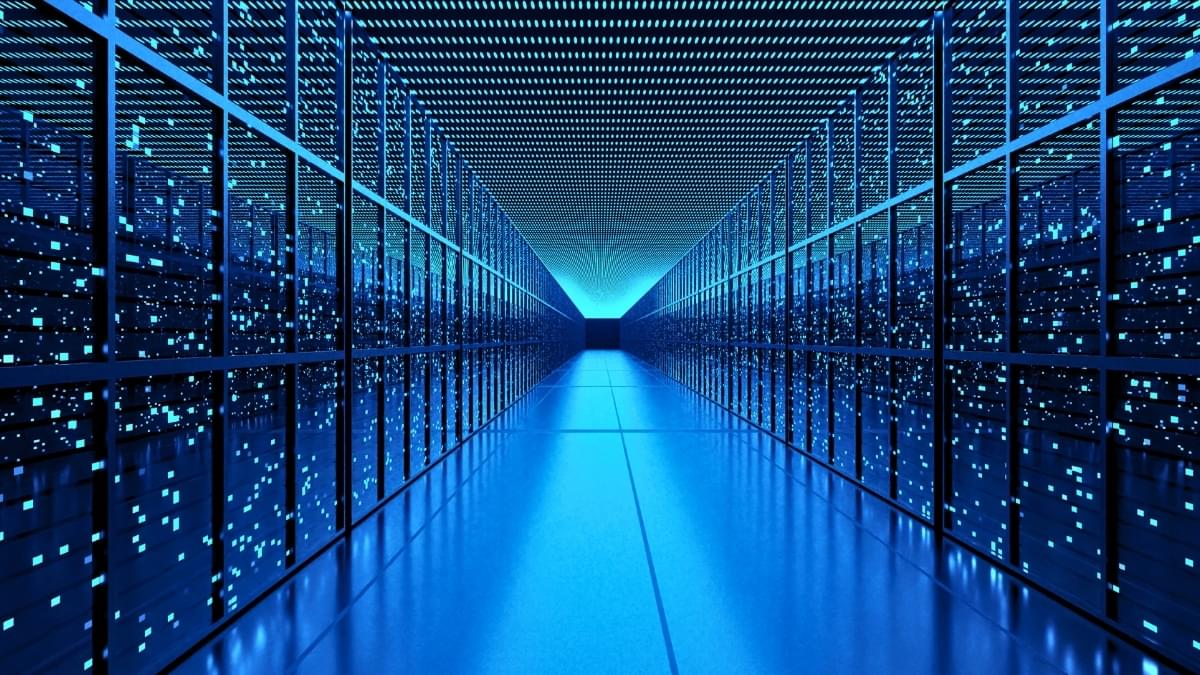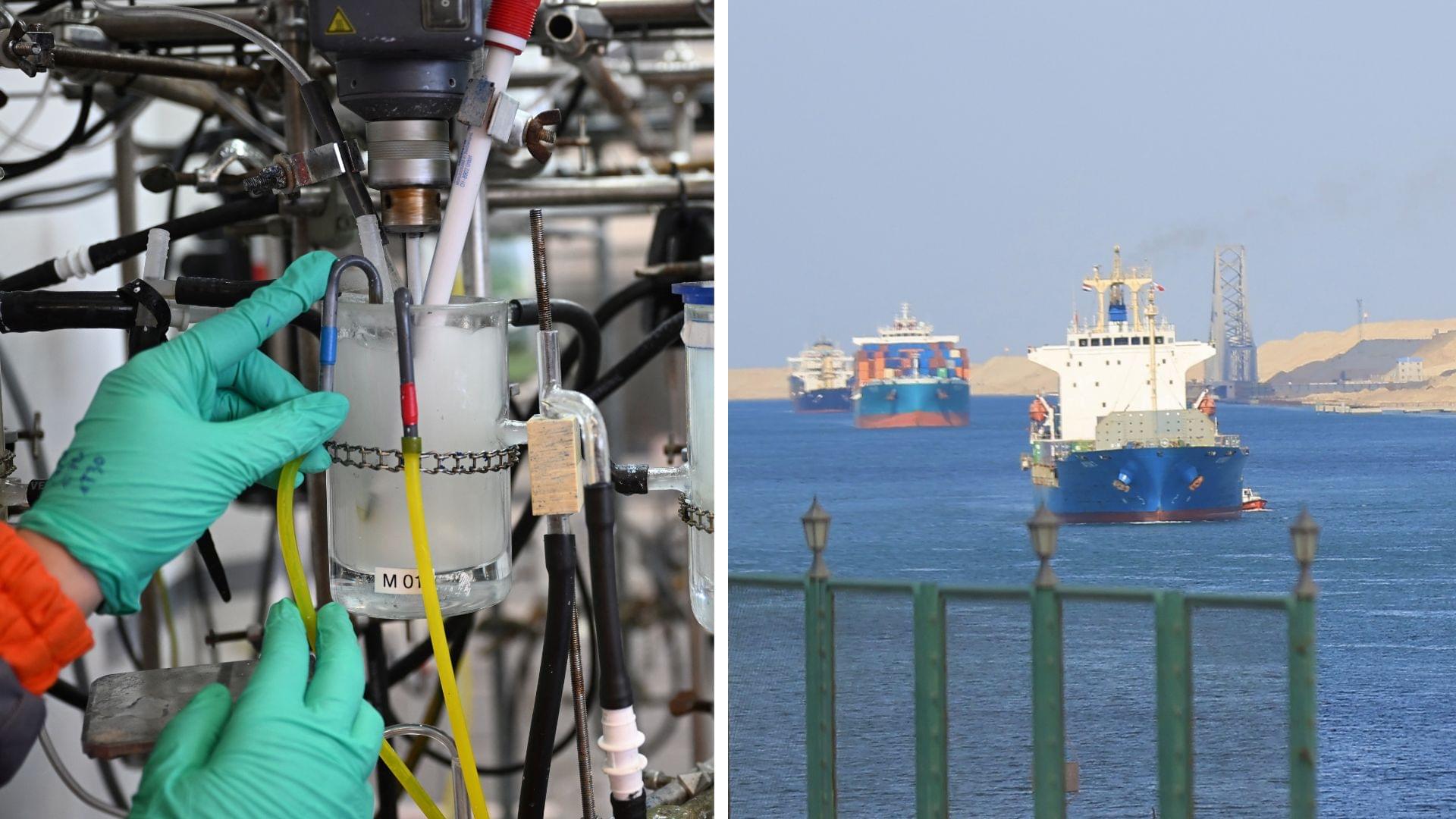University of British Columbia (UBC) scientists have demonstrated a reversible way to switch the topological state of a quantum material using mechanisms compatible with modern electronic devices. Published in Nature Materials, the study offers a new route toward more energy efficient electronics based on topologically protected currents rather than conventional charge flow.
“Conventional electronics involve currents of electrons that waste energy and generate heat due to electrical resistance. Topological currents are protected by symmetry, and so they are promising for new types of electronics with significantly less dissipation,” said Dr. Meigan Aronson, an investigator with UBC’s Stewart Blusson Quantum Matter Institute and the Department of Physics and Astronomy.
“Our research uncovers a specific mechanism where the addition or subtraction of electrical charge can drive a reversible topological transition in the crystal, switching it from a metal that can conduct charge to an insulator that can’t. This is a key step towards the implementation of a new type of low-dissipation electronics based on symmetry and topology, and not simply on charge.”








